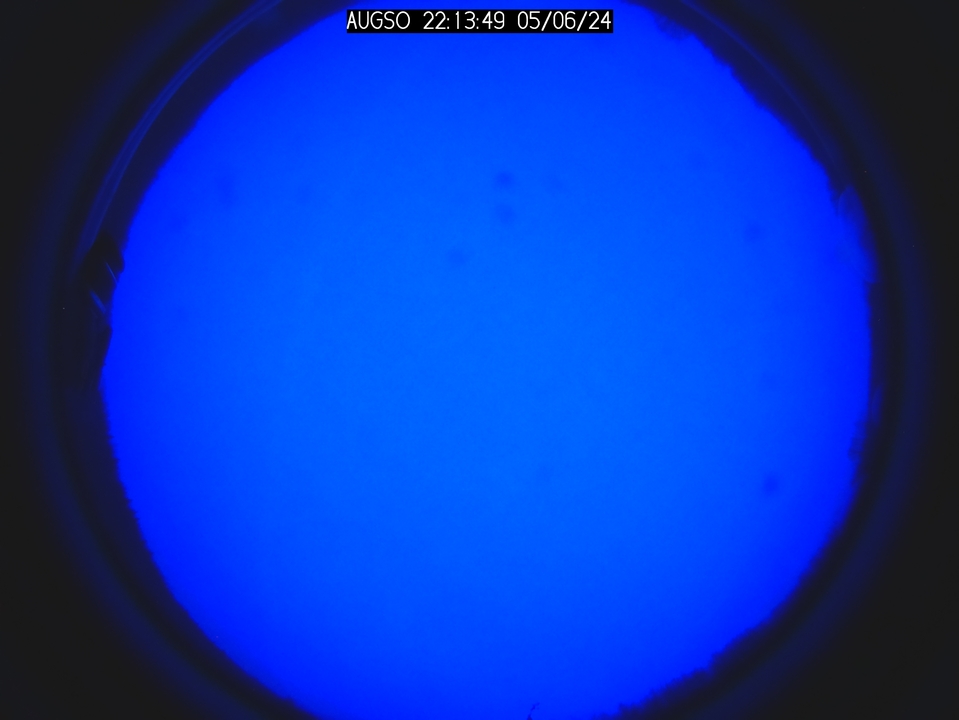| It's oh-so quiet... |

|

|
| Monday, 06 April 2009 | |
|
It's a quiet time on the sun at the moment. Normally, the sun goes through periods of activity and quietness, on an 11-year cycle. At the moment it is quiet. Very quiet. The quietest time for 50 years! This low activity is not good for aurora watchers as it causes a low solar wind speed and ultimately leads to less Aurora being seen. For more information try this link: http://science.nasa.gov/headlines/y2009/01apr_deepsolarminimum.htm Auroral displays are driven by the sun. Charged particles constantly stream outward from the sun producing an effect known as the solar wind. When conditions are right, these particles get trapped by the magnetic field of the Earth, where they build-up on the lee-ward side. Since these are charged particles, the interact with the field of the Earth, causing it to stretch out. Eventually, some of these particles pinch off (like a dripping tap) and flow away from the Earth. The remainer, trapped by the Earth's magnetic field snap back rapidly, and are dumped into the atmosphere where they are neutralised, by emitting light (similar to how a TV tube works) and causing the Aurora. For a video of the process, courtesy of NASA, see the following: http://anon.nasa-global.edgesuite.net/anon.nasa-global/ccvideos/GSFC_20090318_Auroras.asx |
|
| Last Updated ( Monday, 06 April 2009 ) |
| < Prev | Next > |
|---|









 Aurora Watch Website. Version 1.0.
Aurora Watch Website. Version 1.0.